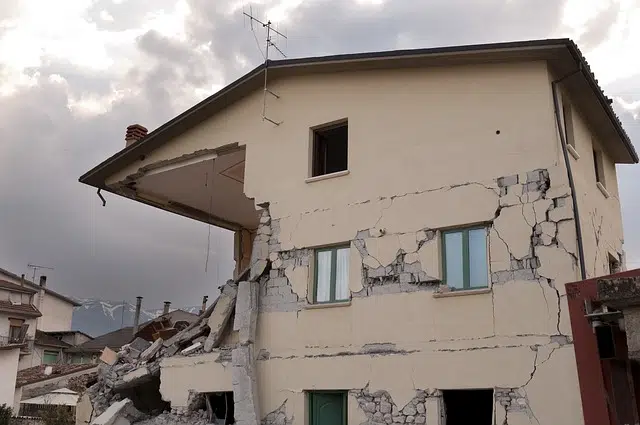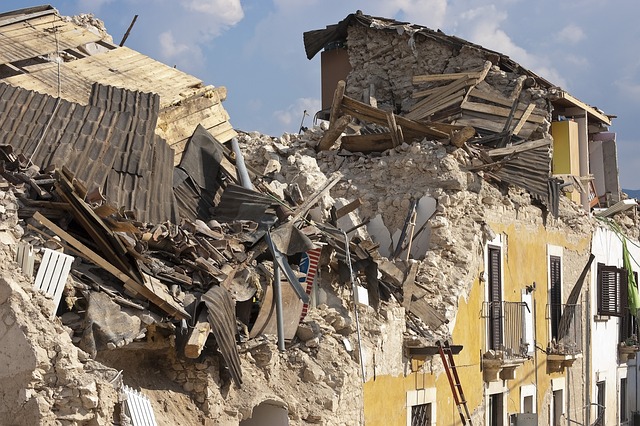
An earthquake is a tremor of the earth that occurs due to internal causes.
An earthquake is a tremor or shaking of the earth due to internal causes . The term is synonymous with earthquake or earthquake , although in some geographical regions the concepts of earthquake or seism are used to refer to tremors of lower intensity than an earthquake.
These movements are produced by the collision of tectonic plates . The collision releases energy as materials in the Earth's crust rearrange themselves to once again reach mechanical equilibrium.
Causes of earthquakes
One of the main causes of earthquakes is the deformation of the rocks adjacent to an active fault, which releases their accumulated potential energy and produces large tremors . Volcanic processes, slope movements and the collapse of karst cavities can also generate earthquakes.
However, experts in the field are also clear that an earthquake can occur as a consequence of a series of important changes in the river regime of an area or those that occur in relation to atmospheric pressures.

An earthquake can destroy buildings and other structures.
Possible consequences and safeguard measures
Among the main consequences that an earthquake can bring are ground ruptures, fires of varying severity, tidal waves or tsunamis , and landslides of very different magnitude. Given all this, the main tips to follow when experiencing an earthquake are the following:
If it is outside a building, it must be located in an open area, away from any type of building, and also not be placed near electrical poles.
If you are inside an establishment or home, the essential thing is to stay under the lintel of a door and always away from windows or any other object that could break and hurt us. If we are left without electricity, we should rely on flashlights and never on candles whose flame could cause a fire.
Regions where earthquakes are more frequent
There are areas that have a greater tendency to suffer earthquakes. These are those regions where the concentration of forces generated by the boundaries of the tectonic plates makes readjustment movements more frequent, both inside the Earth's crust and on the Earth 's surface.
The hypocenter or seismic focus is the interior point of the Earth where the earthquake takes place. If a vertical line is drawn from the hypocenter to the surface, we find the epicenter (the point on Earth where seismic waves impact with greatest intensity).
Historical cases and measurements
There are many earthquakes that have occurred throughout history around the world. However, among the most important is the one in Valdivia ( Chile ) that took place in 1960 and reached a magnitude of 9.5 .
Next in severity and power is that of Aceh ( Indonesia ) in 2004 with 9.3 ; and that of Prince William Sound ( Alaska ) in 1964, which reached a value of 9.2 .
The Richter seismological scale , named after the American Charles Richter ( 1900 – 1985 ), is the most common logarithmic scale used to quantify the effects of an earthquake.
